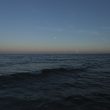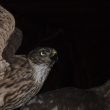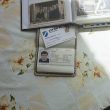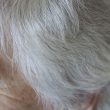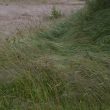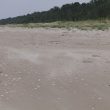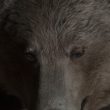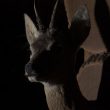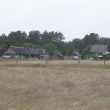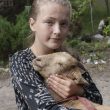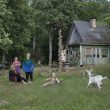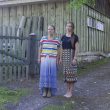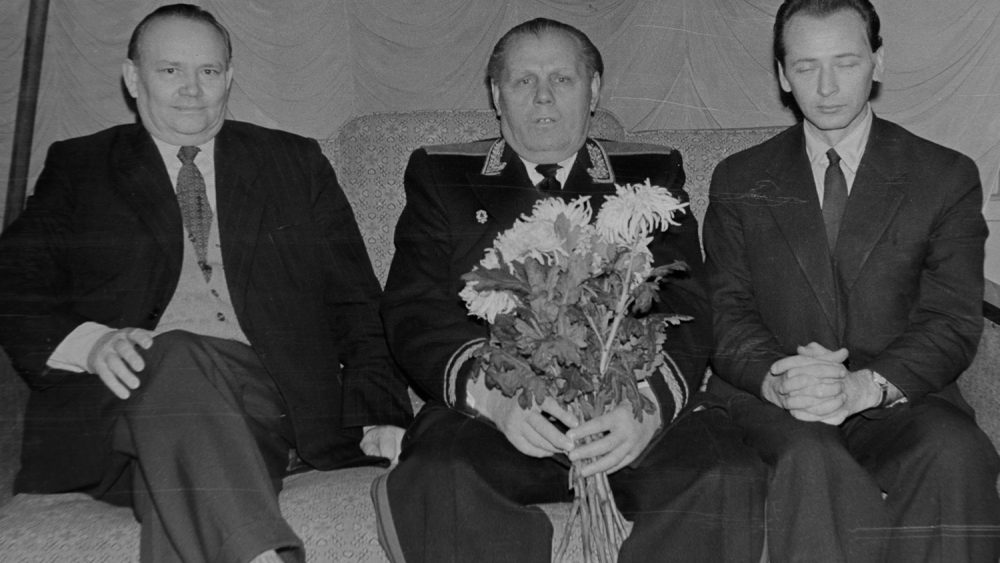Tšītšōrlinkizt
In this social and research based art project with an anthropological orientation, I have focused on fishermen villages in Northern Courland between Ventspils and Ģipka with the aim of exploring the Livonian coast, Livonians and the descendants of Livonians as one of the most rapidly disappearing ethnic groups in Latvia that has remained in particularly this part of Latvia, along the coastal line of the Baltic Sea. Since the far distant past, the life of Livonians in this territory has been defined by three core elements — the dense forests, the barren soil of sand dunes and the key source of livelihood — the sea. The landscape that a fisherman would see when returning to the coast is the code for the green-white-blue flag of Livonians, where the green stands for the forests, the white for the sand and the blue for the sea waters.
Livonians are one of the seven Finnish peoples of the Baltic Sea, which speak in the language of the Fenno-Ugrian group and which for many centuries has been subjected to ethnic and linguistic assimilation, devastating wars, physical destruction and forced displacement. Livonians were mercilessly dispersed both by the war and the oppressive Sovietisation politics at the time, when the Livonian coast was under the strict border-zone regime of the USSR and when Soviet military bases were located here. The people living here have not known an easy life, because it has been based on hard and physical work, which was seen as virtuous and which has shaped weather-beaten, stand-alone and tough personalities, leaving traces in their descendants up to nowadays.
The mindset characteristic to Livonians as a certain perception of life exists in Latvians and Latvian culture even today. Without understanding the cultural and historical heritage of Livonians, it is impossible to understand the processes of Latvian cultural history. In the 19th century there were numerous discussions about Latvian identity, how it has formed and after all – who are Latvians? Let’s remember that Latvian language has developed in the former territories of Livonians, which means that each third Latvian has Livonian roots, too. For example, Baumaņu Kārlis was a Livonian, and he is the author of the Latvian national anthem.
Livonian community in the nearest future may not be the one it has been formerly. Although a small part of it still resides at this coastal territory or has arrived from other regions in Latvia due to the global pandemic that emerged in 2020. The revival of the people communicating in Livonian language today is a utopian dream rather than reality, because Livonians have changed and transformed just as the rest of the world.
Georgs Avetisjans (1985) is a Latvian photographer. In 2016, he graduated from the University of Brighton in Great Britain and obtained a Master of Arts in Photography. He has lived in the USA and Great Britain for seven years, participated in various international exhibitions in Latvia, Italy, China, the Netherlands, etc. He founded the publishing house Milda Books and published both his book Dzimtene (2018) and photo books by other authors. This photo series is part of the virtual photo exhibition Atstatuvums.


